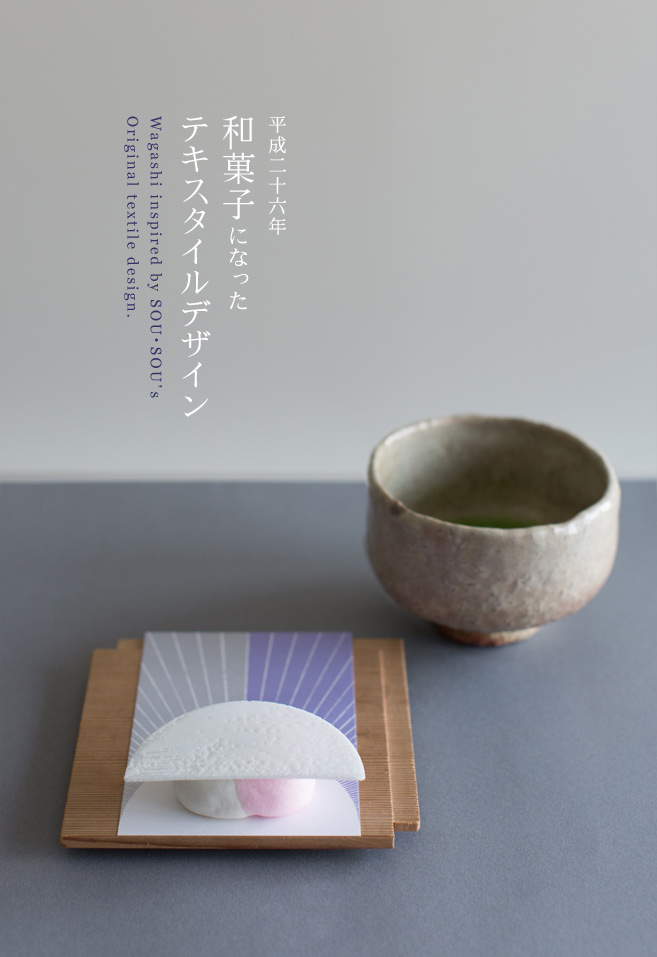



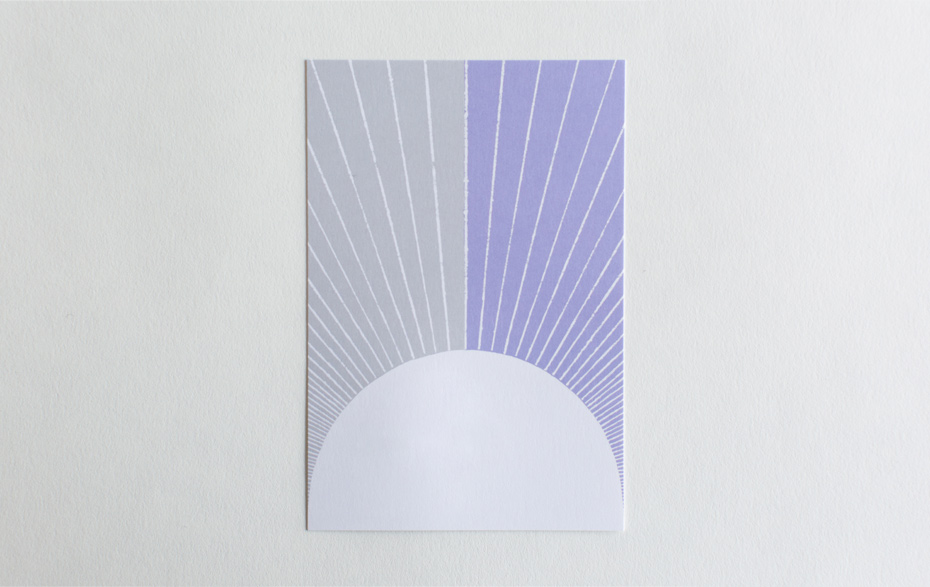


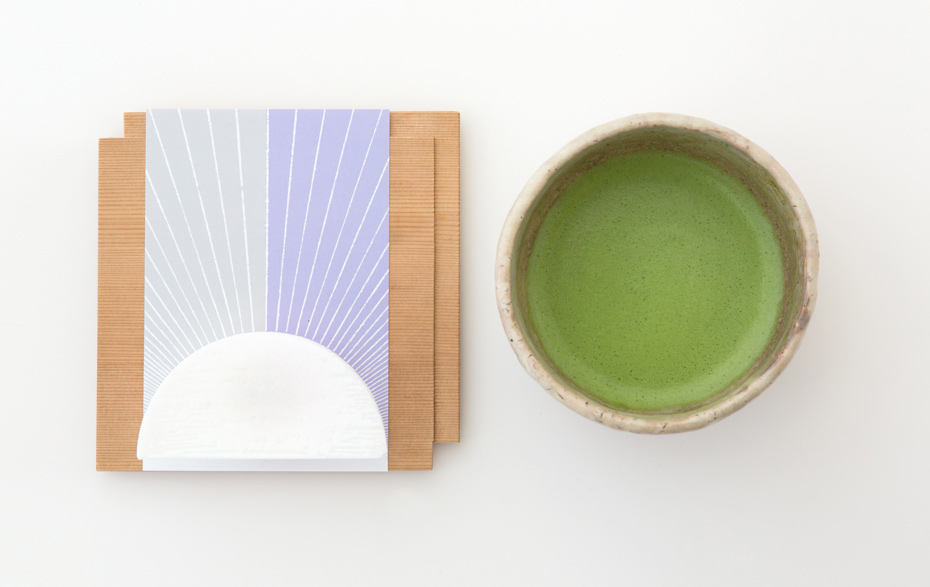
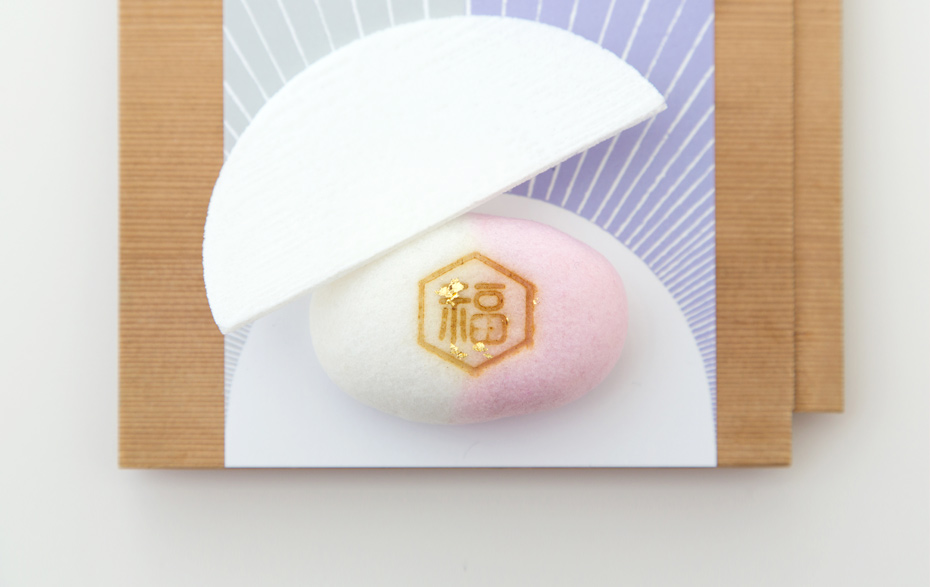
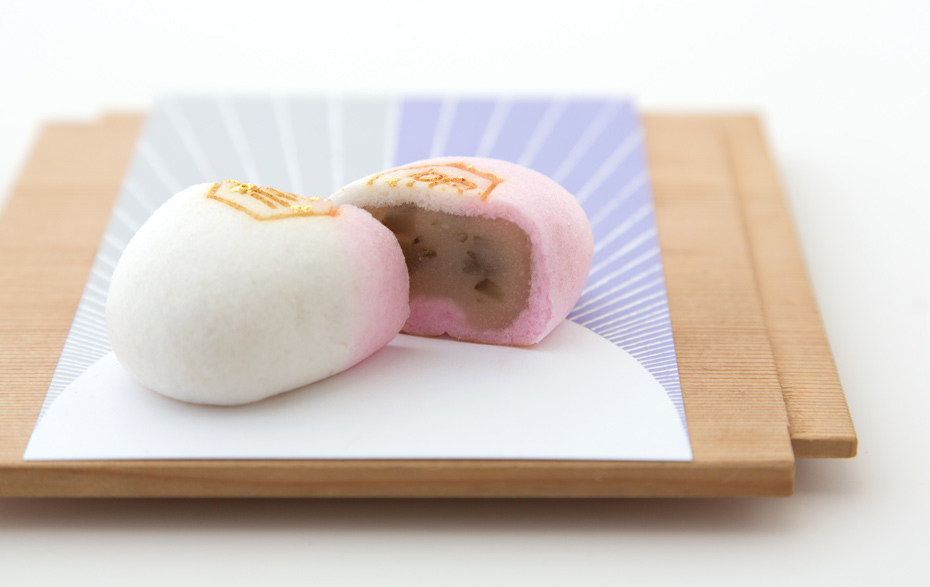
 京都では1月に初春を祝う迎春菓「花びら餅」を食べる習慣があります。ごぼうと白味噌餡とピンク色の餅を、餅もしくは求肥で包んだ和菓子で、裏千家の初釜用のお菓子として用いられる格式高い和菓子です。今年最初の「和菓子になったテキスタイルデザイン」は、この花びら餅にちなんだお菓子を作りました。
京都では1月に初春を祝う迎春菓「花びら餅」を食べる習慣があります。ごぼうと白味噌餡とピンク色の餅を、餅もしくは求肥で包んだ和菓子で、裏千家の初釜用のお菓子として用いられる格式高い和菓子です。今年最初の「和菓子になったテキスタイルデザイン」は、この花びら餅にちなんだお菓子を作りました。

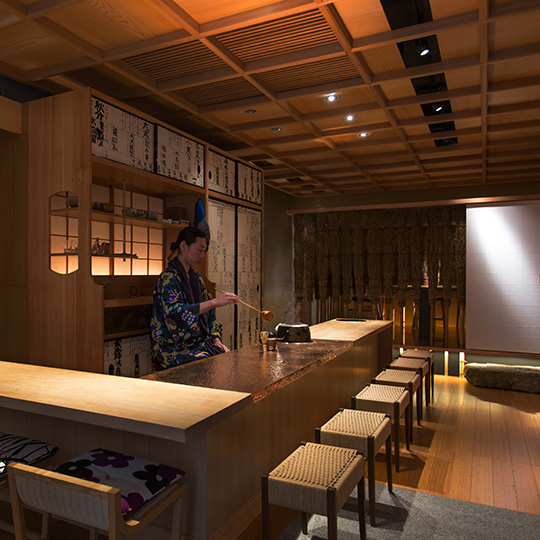
SOU・SOU在釜では『和菓子になったテキスタイルデザイン』の和菓子とお抹茶(またはコーヒー)をお召し上がり頂けます。
〒604-8042 京都市中京区中之町565-72 B1F
【電話】075-212-0604
昼12:00~夜8:00 7:00ラストオーダー
年中無休
At Zaifu, we serve a cup of green matcha tea (or choice of coffee) and our wagashi based on our textile design.
Address: 565-72 B2F Nakano-cho Nakagyo-ku Kyoto 604-8042
Open 12:00am-20:00pm *19:00 last order
Open everyday

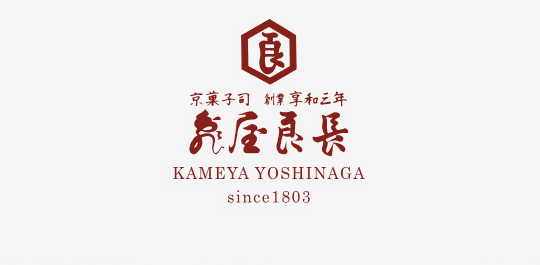
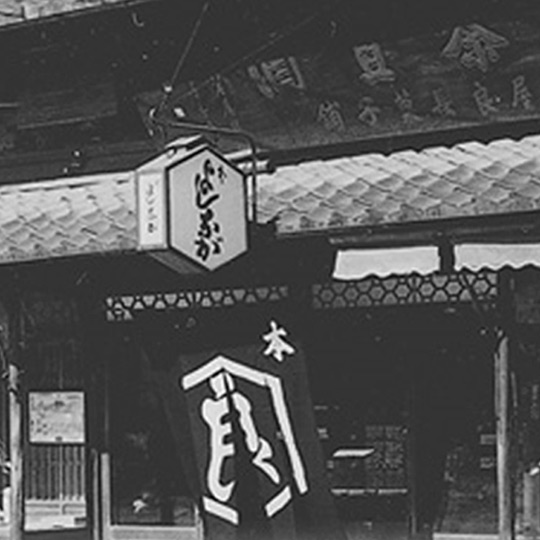
京菓子の名門と謳われ、一時は江戸にまで名を知られた菓子司・亀屋良安から、暖簾分けするかたちで享和3年(1803年)に創業。以来、四条醒ヶ井(さめがい)の地に於て営業、現在に至る。当代七代目。
〒600-8498 京都市下京区四条堀川東入ル
【電話】075-221-2005
9:00~18:00 年中無休
http://kameya-yoshinaga.com/
The KAMEYA YOSHINAGA store descended from the famous confectionary Kameya Yoshian, that has the reputation of being one of the best Kyoto gourmet locales and it's fame reaches back to the Edo period when the store was first opened in 1803. Since then they've been in business in Sijo Samegai area in Kyoto till now. The owner of the store is the 7th generation.
Address: Shijou Horikawa Higashi Hairu Sakyou-ku Kyoto 600-8498 Phone +81 (75) 221-2005
Open 9:00am-18:00pm Open everyday